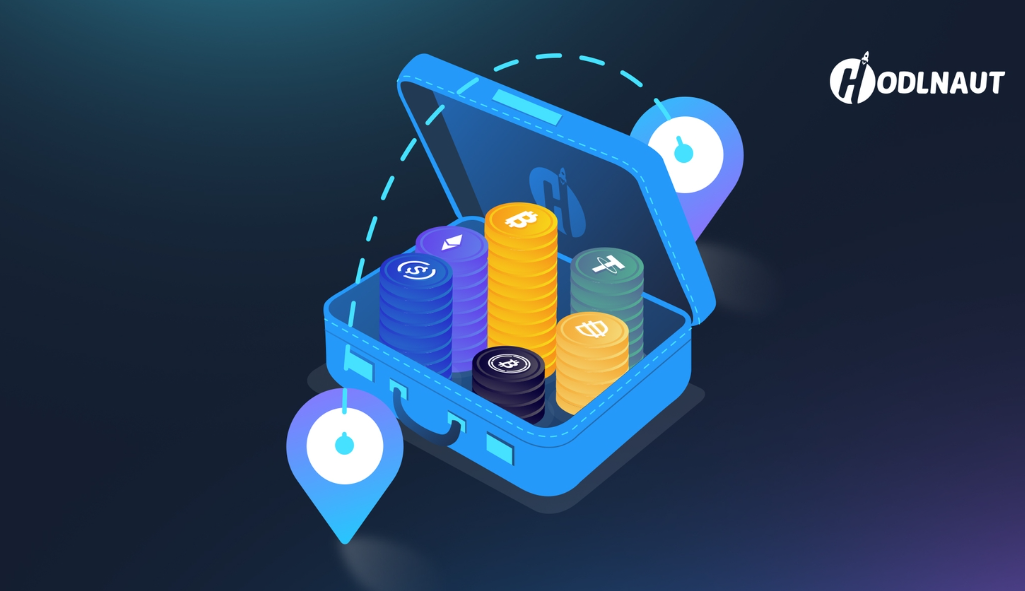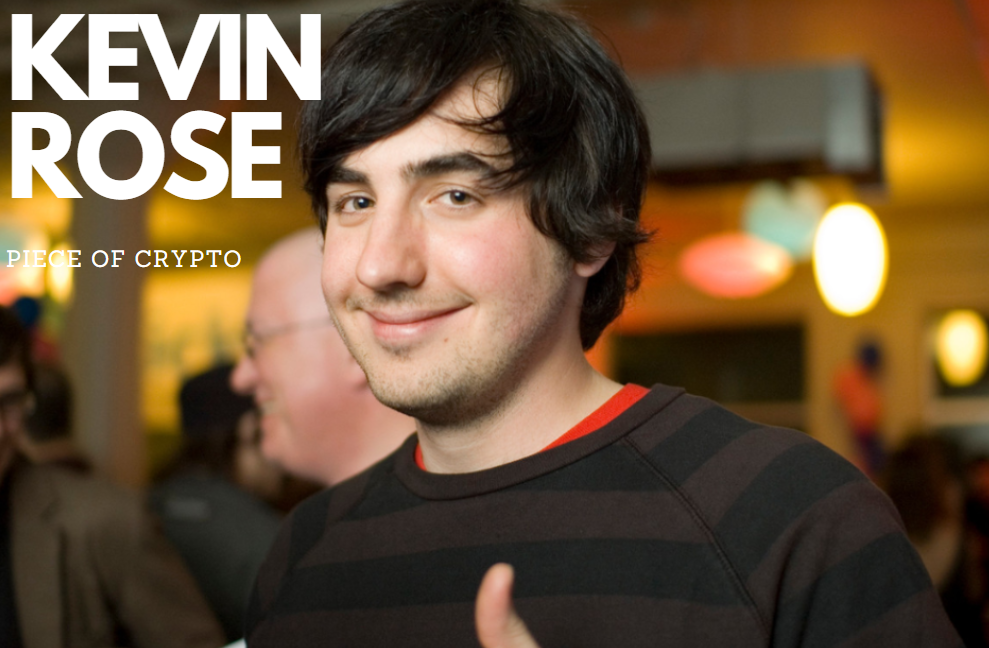Why NFT Creators Are Going CC0. There are many reasons why NFT creators should move towards CC0 licenses. The licenses remove copyright restrictions and empower NFT community builders. They also make it more difficult for holders to create a commercial brand on top of a cc0 asset.
CC0 licenses remove copyright restrictions
For many NFT creators, CC0 licenses have been a boon. These licenses remove copyright restrictions on NFT creations, which makes them easier to use in a variety of ways. For example, you can use an NFT image as your profile pic, or you can monetize specific Apes. Some NFT creators even use CC0 licenses to turn their NFTs into wine labels.
CC0 licenses are increasingly being chosen by NFT creators. This license removes copyright restrictions on creative works, which means that anyone can use them without any attribution. The CC0 license also encourages new derivatives, strengthening the original’s position in the collective consciousness. In this way, CC0 licenses increase the value of NFT creators’ work.
A recent NFT project by Kevin Rose, creator of the Moonbirds and Oddities collections, is releasing its art under the CC0 license. This license, which stands for “no rights reserved,” allows authors to move their works into the public domain. That means that NFT artists can use the art freely.
The CC0 classification allows creators of digital content to remove copyright restrictions, allowing them to create new work without the need to seek permission. While the NFTs may not be as popular as ICOs, they can still be sold for several thousand or even one million dollars. Some NFT projects are even backed by celebrities. Reese Witherspoon’s production company Hello Sunshine signed a partnership with World of Women in February. Though the NFTs are still in their early stages, many holders believe that they will increase in value over time.
CC0 licenses are a promising solution for NFT artists. NFT creators can use their IP rights to stamp products. For example, CryptoPunks and Meebits, owned by BAYC’s parent company Yuga Labs, were released to the public domain in August 2022, and their creators could use them to create derivative works. In fact, one NFT owner, Andy Nguyen, used his NFT to open a physical burger joint in Long Beach, California, based on its likeness.
While Creative Commons CC0 licenses are generally free to use, they do not guarantee that the NFT creators’ artwork will not be misused. For example, an NFT creator who sells an NFT may not be able to display that NFT on their own website or social media. As a result, you should consider copyright before purchasing an NFT.
A NFT licence specifies the rights of the owner, including the right to use art associated with the NFT, commercial use rights, and the right to create derivative works. The NFT holder may also grant the right to sublicense their rights to the art associated with their NFT, including the rights to adapt or modify it.
They empower NFT community builders
One of the primary reasons why NFT creators are going cc0-licensed is to empower NFT community builders. Cc0 empowers the community to take control of their digital assets and participate in the ecosystem. It also allows creators to experiment with novel rights models.
By empowering NFT community builders, CC0-type NFT projects have the potential to empower NFT creators and foster a healthy ecosystem. They enable the creation of countless derivative projects that feed back to the original project, creating a multi-stakeholder ecosystem. For instance, the Nouns CC0 license has led to the development of more than 130 on-chain derivative projects. The project has even inspired the creation of real-world merchandise.
One example is Proof Collective. It has 1,000 members, including the popular crypto artist Beeple and investor Gary Vaynerchuk. Its co-founder Kevin Rose is a partner at the blockchain investment agency True Ventures and hosts a popular podcast on crypto assets. During the early days of its founding, Moonbirds’ CC0 license was not made clear. This led to backlash from community members. However, Proof’s decision was entirely legal.
Another example of an CC0 NFT project is the mfers project. This project is empowering NFT community builders to become active members in the ecosystem. Some are working on brand building or offline community activities. Others are even paying for themselves. Some community members are involved in the physical product design of mfers, including the creation of a little stickman billboard.
In order for an NFT to become an NFC, it needs a strong community. An active community expands the marketing funnel, creates a welcoming environment, strengthens internal bonds, and builds shared identities. It also has the potential to generate additional value for the project.
Although many projects are purely cash grabs, the successful ones will be based on a sustainable model for the long-term. To achieve this, successful internet companies, blockchain protocols, and NFT projects must be able to create network effects. Network effects increase the value of a project as new users join, and decrease it if participants leave. This ability to create network effects is also critical in the Web3 world. In an open-source world, silos are punished, and a strong community may be the only moat that can protect a project.
While CC0 licensing can help NFT projects create IP, it cannot guarantee success. However, it does make NFT projects more attractive to third-party builders. It also allows NFT community builders to expand their ecosystem. Therefore, it may not be the best option for every NFT project.
While many creators are going CC-free for the sake of gaining capital, there are some reasons to avoid it. Some people prefer to be in control of their creator economies and to remain independent. Others want to remain independent while building strong communities and utility around on-chain assets.
They make it harder for holders to build commercial brands on top of a cc0 asset
The use of CC0 assets in NFT projects has caused some controversy, particularly among copyright lawyers. They argue that CC0 weakens the brand of an NFT asset by removing the value of scarcity. This can hurt the value of an NFT asset if it becomes a valuable commercial brand. As a result, some valuable NFT projects have adopted their own copyright terms.
Despite the controversy surrounding cc0 assets, a growing number of developers are building projects on top of cc0. Chain Runners is an example of this. Another cc0 NFT project is Loot, but its founder Dom Hofmann stepped down from Loot to work on other projects.
CC0 NFTs are a type of copyright that allows other people to own the IP without giving attribution to the original creator. In many ways, this is akin to “open source” IPs. In this case, the IP creators can grant permission to use their work for a wide range of purposes without attribution to them.
CC0 assets are also difficult to commercialize and grant specific rights to partners. However, they can still be used for extended intellectual property, such as derivatives and backstories. By adopting CC0, creators can create cool content and protect their brands from being tarnished by bad actors.
CC0 NFT assets are also used to create physical products. For instance, cc0 NFT assets have the slogan “One pair a day, never change” and a Nouns Vision project that produces luxury sunglasses with the same NFT. Moreover, the use of cc0 NFT assets turns adversarial games into cooperative ones. This is crucial to a decentralized system that relies on a cooperative environment.
Another disadvantage of cc0 assets is that they are not a one-size-fits-all solution for every NFT. For instance, CC0 assets may not be appropriate for an NFT that relies on an established brand. For that reason, NFTs built on CC0 assets may prefer a more restrictive license that enhances exclusivity and protects existing intellectual property. Although there are some similarities between CC0 and other strategies for exclusive commercialization of intellectual property (see Bored Ape Yacht Club), the latter offers much less protection for CC0 assets.
One example of a successful NFT asset is the Bored Ape Yacht Club. This NFT asset project started out as a graffiti board and private chat rooms. Later on, it grew to include high-end merchandise, social events, and even an actual yacht party. Another example is the Treeverse project, which is both fascinating and awesome.



